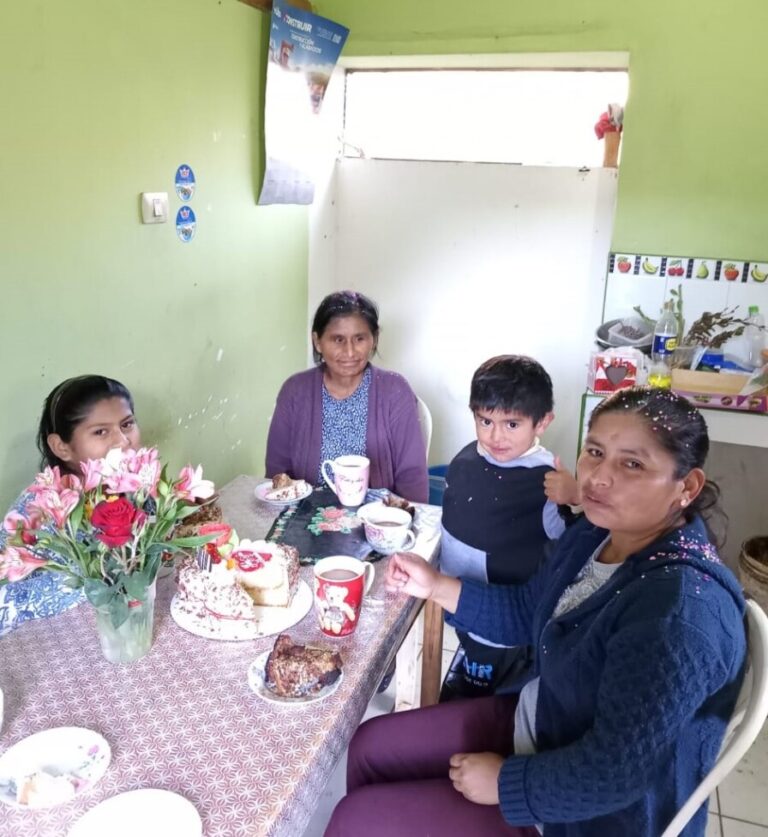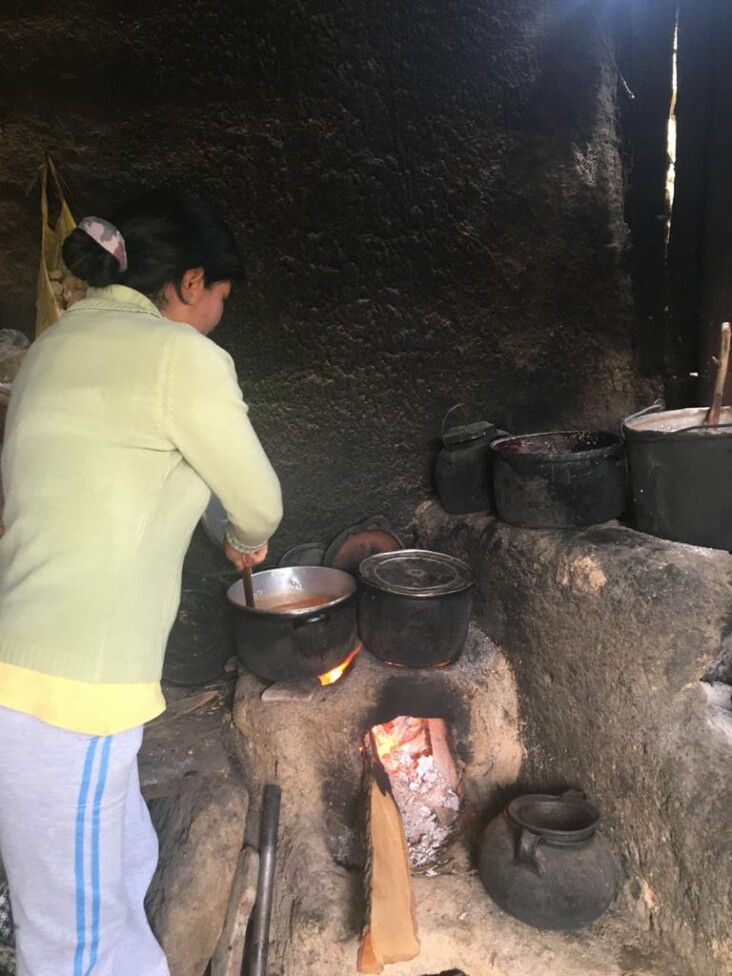NEW YORK, June 15, 2023 (GLOBE NEWSWIRE) — A suite of next generation crypto miners from Bitmanu are currently the talk of the town in the crypto market. These 3 nanometer ASIC miners have been tipped by many experts as the future of crypto mining. The immense power of Bitmanu's BM1, BM2, and BM Pro miners have made them most powerful and profitable mining rigs ever.
Powered by the latest and most advanced silicon semiconductor chips, Bitmanu miners offer higher transistor density, better mining speed, and reduced power consumption. However, the feature that sets Bitmanu miners apart from the rest is their hash rates. No other mining rig created so far has been able to match these hash powers.
Extraordinary Hash Powers
- BM1: Bitcoin 760 TH/s, Litecoin 80 GH/s, Dash 15 TH/s, Monero 6 MH/s
- BM2: Bitcoin 1220 TH/s, Litecoin 128 GH/s, Dash 25 TH/s, Monero 10 MH/s
- BM Pro: Bitcoin 3900 TH/s, Litecoin 400 GH/s, Dash 75 TH/s, Monero 32 MH/s
Unlike most other products in the market, Bitmanu miners are extremely energy–efficient in spite of their extraordinary processing powers. The low power cost has made these miners a viable choice for many data centers as well as home mining projects. Interestingly, many Bitmanu customers have been able to recover their investment fully in less than a month, and make humungous profits thereafter.
Unprecedented Monthly Profits
- BM1: Bitcoin $1300, Litecoin $1800, Dash $4800, Monero $3600
- BM2: Bitcoin $2100, Litecoin $2900, Dash $8500, Monero $6000
- BM Pro: Bitcoin $6600, Litecoin $8900, Dash $20,000, Monero $22,000
"When we started Bitmanu, our goal was to bring about a long–term change to the market by making crypto mining convenient and profitable like never before. It gives us immense pleasure to inform that many of our satisfied customers have no prior experience in crypto," said David Letoski, CMO of Bitmanu.
To find out more about Bitmanu, please visit https://bitmanu.com/
About Bitmanu: Bitmanu stands as a prominent manufacturing company, driven by a team of investors and renowned experts in the cryptocurrency industry. The company's mission is to make the advantages of the latest technological innovations accessible to everyone. Bitmanu proudly presents an impressive lineup of cryptocurrency miners that deliver exceptional returns on investment with remarkable speed.

GLOBENEWSWIRE (Distribution ID 1000825486)










